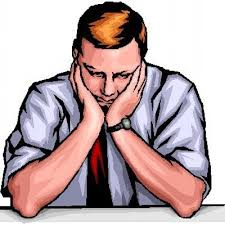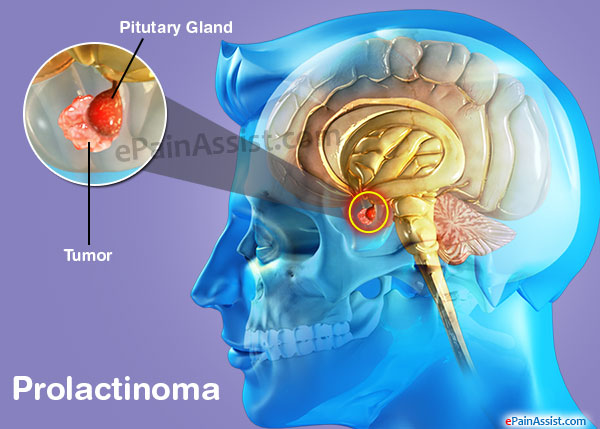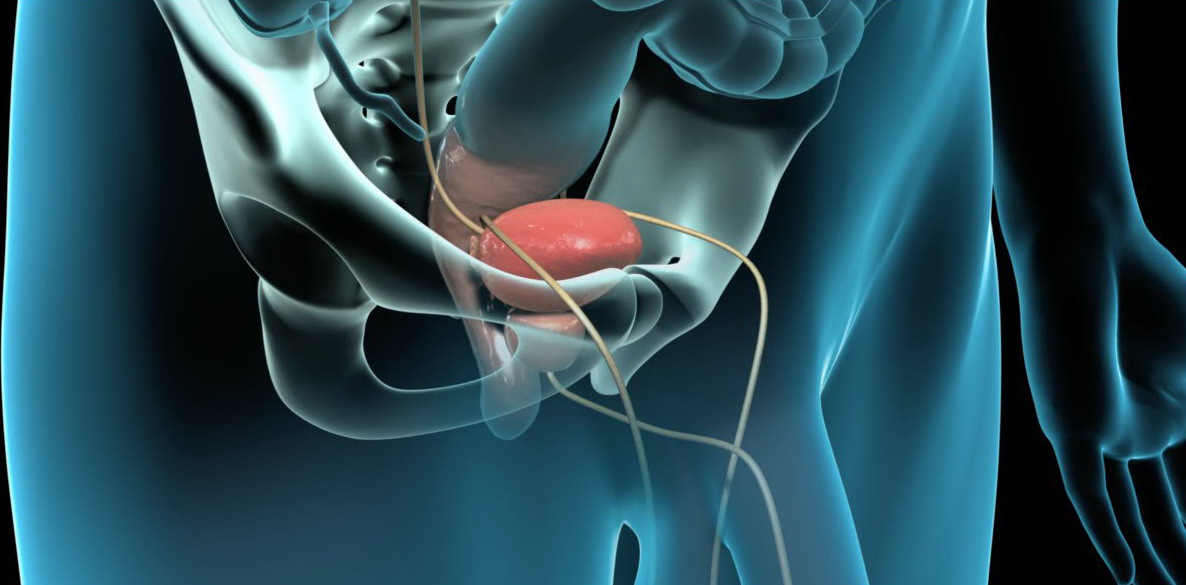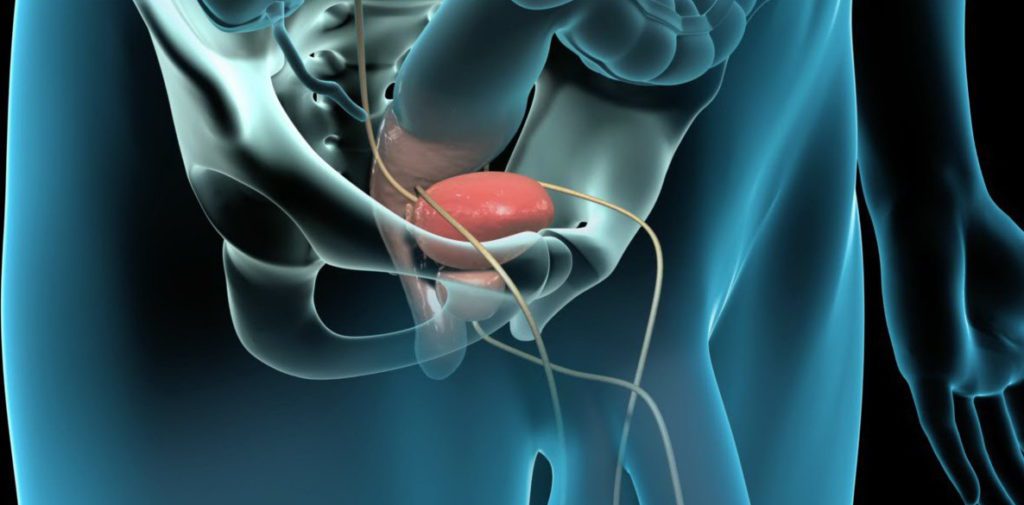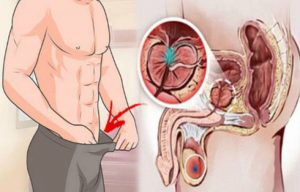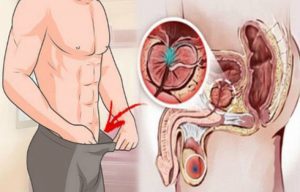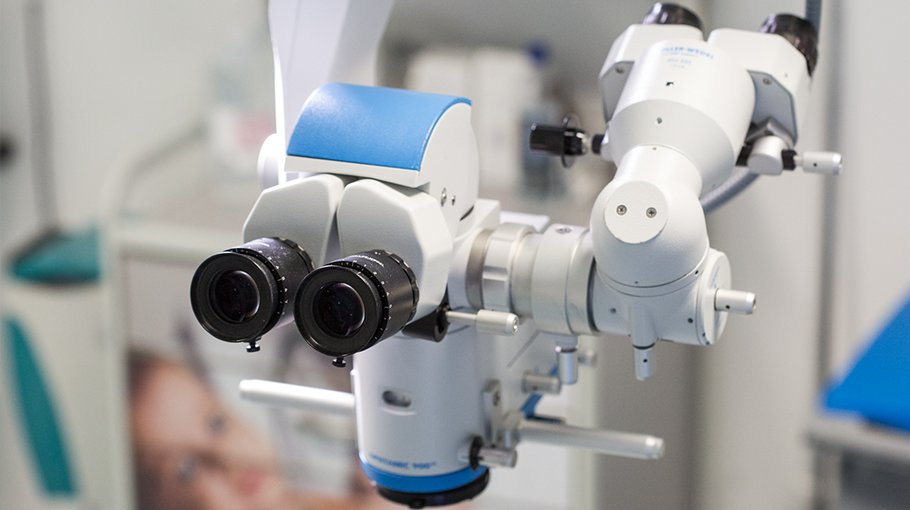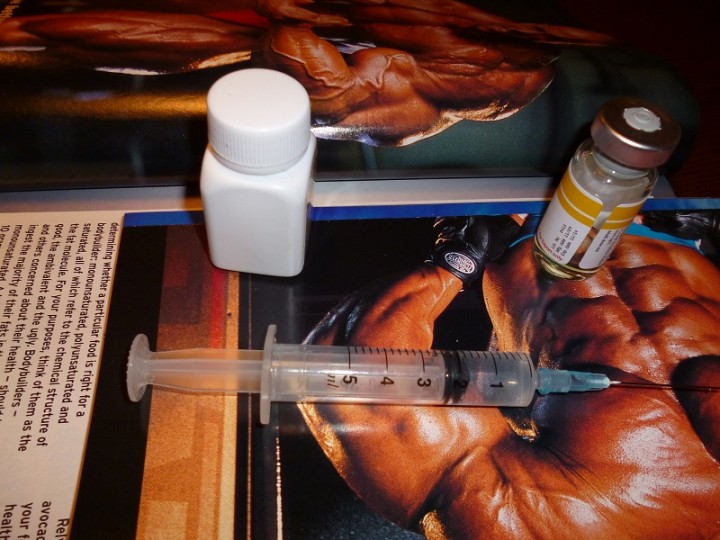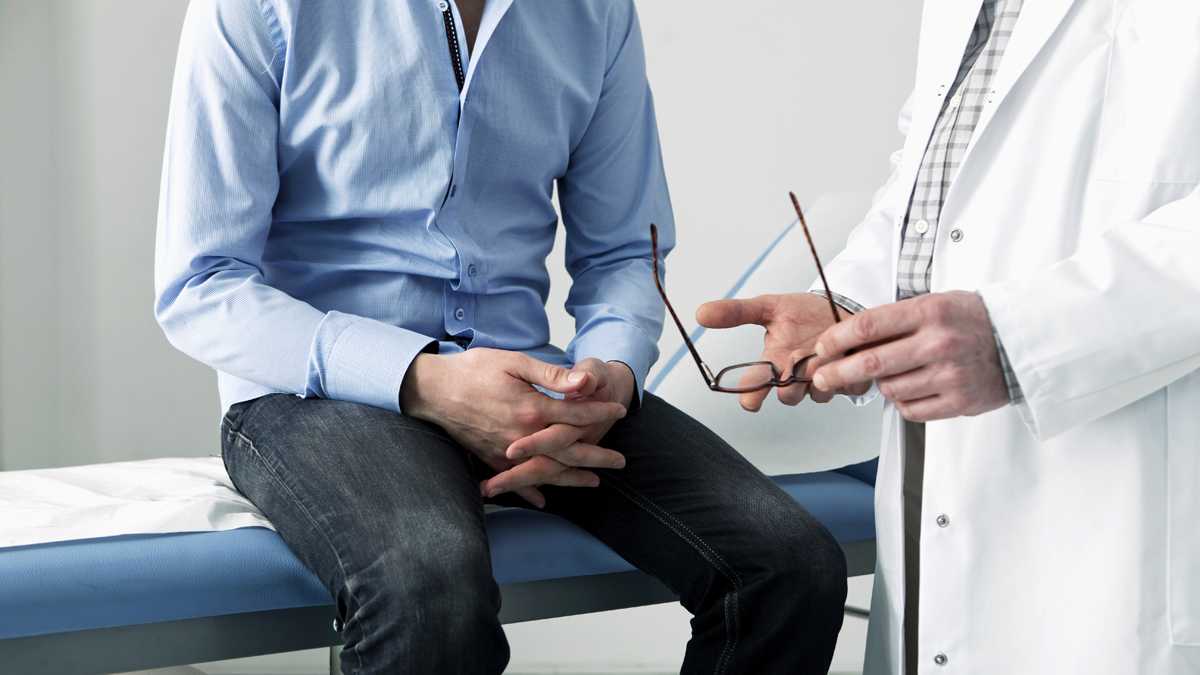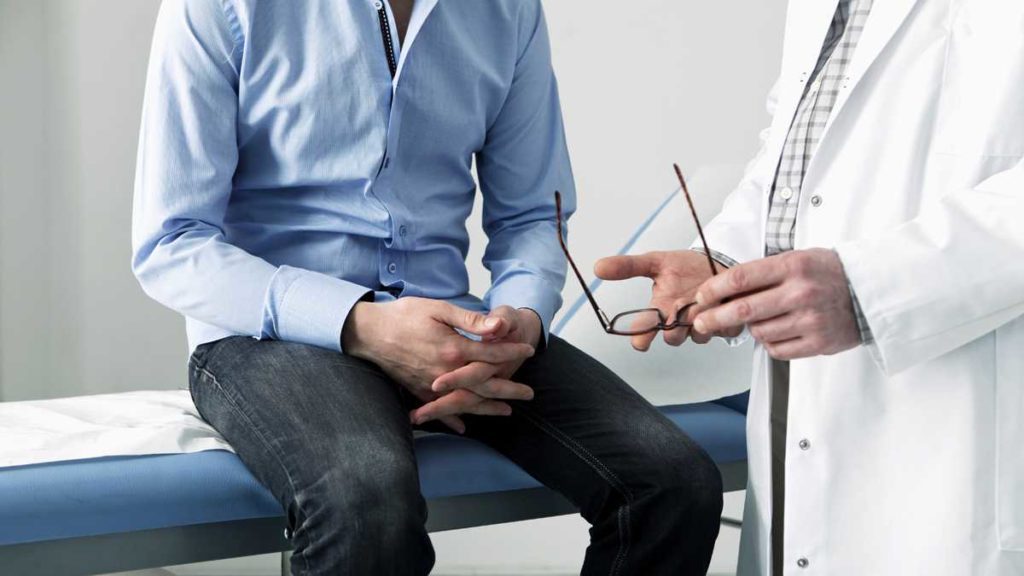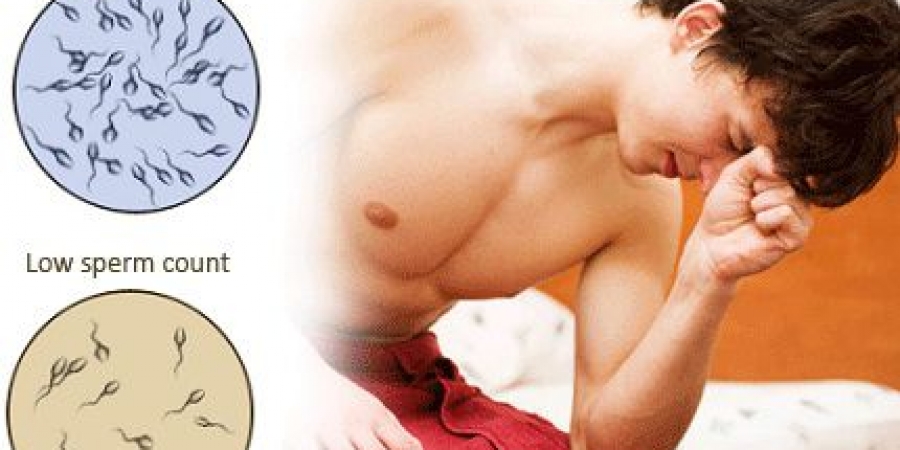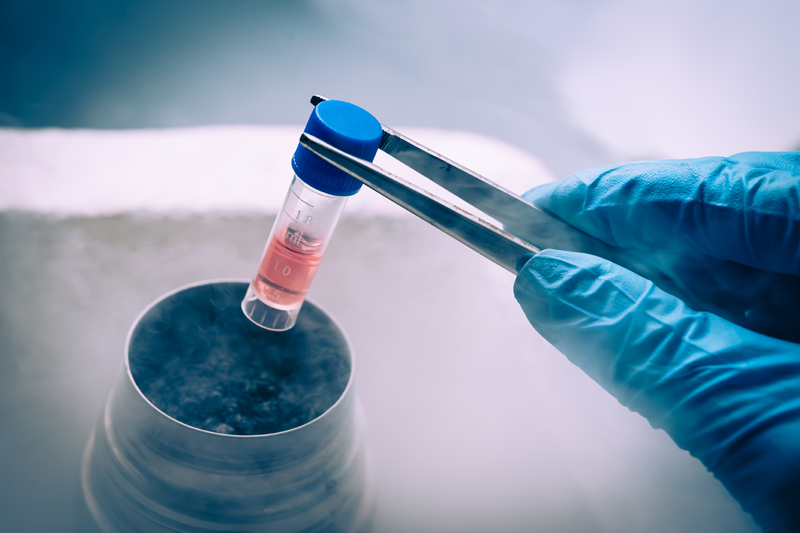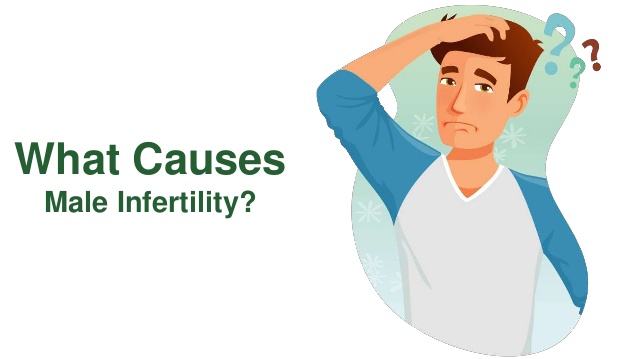Azoospermia

Azoospermia means there’s no sperm in a man’s ejaculate. Its causes include a blockage along the reproductive tract, hormonal problems, ejaculation problems or issues with testicular structure or function. Many causes are treatable and fertility can be restored. For other causes it may be possible to retrieve live sperm to be used in assisted reproductive techniques.
What is azoospermia?
Azoospermia is a condition in which there’s no measurable sperm in a man’s ejaculate (semen). Azoospermia leads to male infertility.
How common is azoospermia?
About 1% of all men and 10% to 15% of infertile men have azoospermia.
What are the parts of the male reproductive system?
The male reproductive system is made up of the following:
Testes, or testicles produce sperm (male reproductive cells) in a process called spermatogenesis.
Seminiferous tubules are tiny tubes that make up most of the tissue of the testes.
Epididymis is the structure on the back of each testicle into which mature sperm are moved and stored.
Vas deferens is the muscular tube that passes from the epididymis into the pelvis then curves around and enters the seminal vesicle.
Seminal vesicle is a tubular gland that produces and stores most of the fluid ingredients of semen. The vesicle narrows to form a straight duct, the seminal duct, which joins with the vas deferens.
Ejaculatory duct is created when the seminal vesicle duct merges with the vas deferens. The ejaculatory duct passes into the prostate gland and connects with the urethra.
Urethra is the tube that runs through the penis to eliminate urine from the bladder and semen from the vas deferens.
During ejaculation, sperm move from the testes and the epididymis into the vas deferens. Tightening (contraction) of the vas deferens moves the sperm along. Secretions from the seminal vesicle are added and the seminal fluid continues to move forward toward the urethra. Before reaching the urethra, the seminal fluid passes by the prostate gland, which adds a milky fluid to the sperm to form semen. Lastly, the semen is ejaculated (released) through the penis through the urethra.
A normal sperm count is considered to be 15 million/mL or more. Men with low sperm counts (oligozoospermia or oligospermia) have a sperm concentration of less than 15 million/mL. If you have azoospermia, you have no measurable sperm in your ejaculate.
Are there different types of azoospermia?
There are two main types of azoospermia:
Obstructive azoospermia:
This type of azoospermia means that there is a blockage or missing connection in the epididymis, vas deferens, or elsewhere along your reproductive tract. You are producing sperm but it’s getting blocked from exit so there’s no measurable amount of sperm in your semen.
Nonobstructive azoospermia:
This type of azoospermia means you have poor or no sperm production due to defects in the structure or function of the testicles or other causes.
What are the causes of azoospermia?
The causes of azoospermia relate directly to the types of azoospermia. In other words, causes can be due to an obstruction or nonobstructive sources.
Obstructions that result in azoospermia most commonly occur in the vas deferens, the epididymus or ejaculatory ducts. Problems that can cause blockages in these areas include:
- Trauma or injury to these areas.
- Infections.
- Inflammation.
- Previous surgeries in the pelvic area.
- Development of a cyst.
- Vasectomy (planned permanent contraceptive procedure in which the vas deferens are cut or clamped to prevent the flow of sperm).
- Cystic fibrosis gene mutation, which causes either the vas deferens not to form or causes abnormal development such that semen gets blocked by a buildup of thick secretions in the vas deferens.
Nonobstructive causes of azoospermia include:
- Genetic causes. Certain genetic mutations can result in infertility, including:
- Kallmann syndrome: A genetic (inherited) disorder carried on the X chromosome and that if left untreated can result in infertility.
- Klinefelter’s syndrome: A male carries an extra X chromosome (making his chromosomal makeup XXY instead of XY). The result is often infertility, along with lack of sexual or physical maturity, and learning difficulties.
- Y chromosome deletion: Critical sections of genes on the Y chromosome (the male chromosome) that are responsible for sperm production are missing, resulting in infertility.
- Hormone imbalances/endocrine disorders, including hypogonadotropic hypogonadism. hyperprolactinemia and androgen resistance.
- Ejaculation problems such as retrograde ejaculation where the semen goes in to the bladder
- Testicular causes include:
- Anorchia (absence of the testicles).
- Cyptorchidism (testicles have not dropped into the scrotum).
- Sertoli cell-only syndrome (testicles fail to produce living sperm cells).
- Spermatogenic arrest (testicles fail to produce fully mature sperm cells).
- Mumps orchitis (inflamed testicles caused by mumps in late puberty).
- Testicular torsion.
- Tumors.
- Reactions to certain medications that harm sperm production.
- Radiation treatments.
- Diseases such as diabetes, cirrhosis, or kidney failure.
- Varicocele (veins coming from the testicle are dilated or widened impeding sperm production).
How is azoospermia diagnosed?
Azoospermia is diagnosed when, on two separate occasions, your sperm sample reveals no sperm when examined under a high-powered microscope following a spin in a centrifuge. A centrifuge is a laboratory instrument that spins a test sample at a high speed to separate it into its various parts. In the case of centrifuged seminal fluid, if sperm cells are present, they separate from the fluid around them and can be viewed under a microscope.
As part of the diagnosis, your healthcare provider will take your medical history, including asking you about the following:
-
Fertility success or failure in the past (your ability to have children).
- Childhood illnesses.
- Injuries or surgeries in the pelvic area (these could cause duct blockage or poor blood supply to the testicles).
- Urinary or reproductive tract infections.
- History of sexually transmitted diseases.
- Exposure to radiation or chemotherapy.
- Your current and past medications.
- Any abuse of alcohol, marijuana or other drugs.
- Recent fevers or exposure to heat, including frequent saunas or steam baths (heat kills sperm cells).
- Family history of birth defects, mental retardation, reproductive failure or cystic fibrosis.
Your healthcare provider will also conduct a physical examination, and will check:
-
Your entire body in terms of signs of/lack of maturation of your body and reproductive organs.
- Your penis and scrotum, checking for the presence of your vas deferens, tenderness or swelling of your epididymis, size of the testicles, the presence or absence of a varicocele, and any blockage of the ejaculatory duct (via exam through the rectum) as evidenced by enlarged seminal vesicles.
Your healthcare provider may also order the following tests:
- Measurement of testosterone and follicle-stimulating hormone (FSH) levels.
- Genetic testing.
- X-rays or ultrasound of the reproductive organs to see if there are any problems with the shape and size, and to see if there are tumors, blockages or an inadequate blood supply.
- Imaging of the brain to identify disorders of the hypothalamus or pituitary gland.
- Biopsy (tissue sampling) of the testes. A normal biopsy would mean a blockage is probable at some point in the sperm transport system. Sometimes, any sperm found in the testes is frozen for future analysis or can be used in assisted pregnancy.
How is azoospermia treated?
Treatment of azoospermia depends on the cause. Genetic testing and counseling are often an important part of understanding and treating azoospermia. Treatment approaches include:
- If a blockage is the cause of your azoospermia, surgery can unblock tubes or reconstruct and connect abnormal or never developed tubes.
- If low hormone production is the main cause, you may be given hormone treatments. Hormones include follicle-stimulating hormone (FSH), human chorionic gonadotropin (HCG), clomiphene, anastrazole and letrozole.
- If a varicocele is the cause of poor sperm production, the problem veins can be tied off in a surgical procedure, keeping surrounding structures preserved.
- Sperm can be retrieved directly from the testicle with an extensive biopsy in some men
If living sperm are present, they can be retrieved from the testes, epididymis or vas deferens for assisted pregnancy procedures such as in vitro fertilization or intracytoplasmic sperm injection (the injection of one sperm into one egg). If the cause of azoospermia is thought to be something that could be passed on to children, your healthcare provider may recommend genetic analysis of your sperm before assisted fertilization procedures are considered.
How can azoospermia be prevented?
There is no known way to prevent the genetic problems that cause azoospermia. If your azoospermia is not a genetic problem, doing the following can help lessen the chance of azoospermia:
- Avoid activities that could injure the reproductive organs.
- Avoid exposure to radiation.
- Know the risks and benefits of medications that could harm sperm production.
- Avoid lengthy exposure of your testes to hot temperatures.
What is the long-term outlook for those with azoospermia?
Every cause of azoospermia has a different prognosis. Many causes of azoospermia can be reversed. You and your healthcare team will work together to determine the cause of your azoospermia and treatment options. Hormonal problems and obstructive causes of azoospermia are usually treatable and fertility can potentially be restored. If testicular disorders are the cause, it’s still possible to retrieve live sperm to be used in assisted reproductive techniques.

